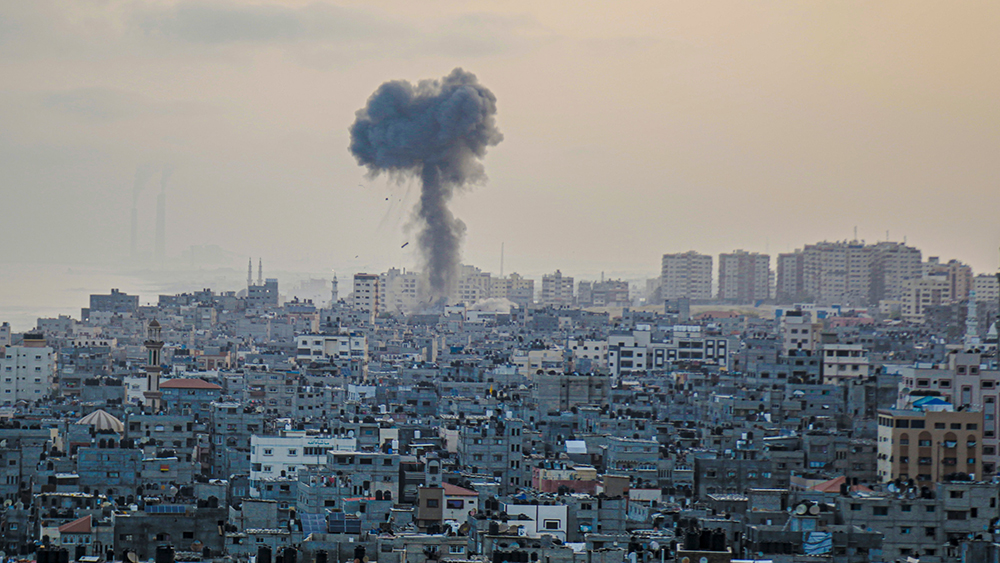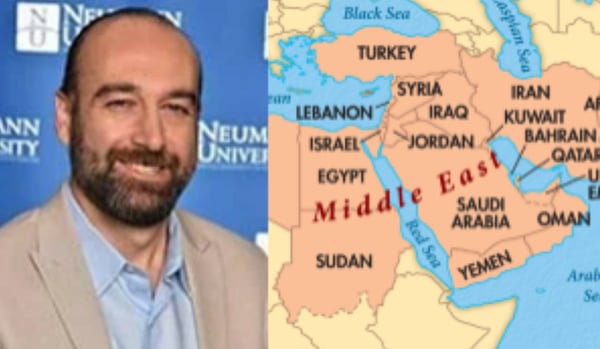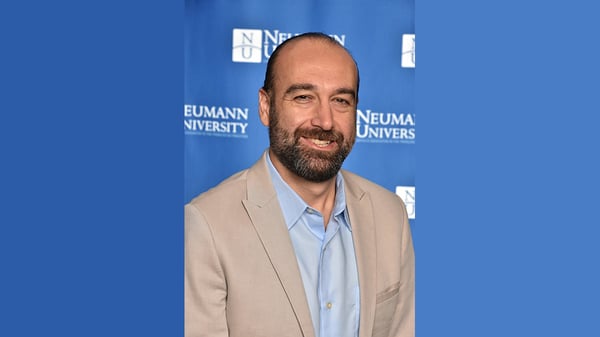As wars are still occurring in Israel and Palestine, Neumann University will be bringing a...
History of the Israel and Palestine Conflict

As many are aware, on October 7, 2023, the Palestinian militant group Hamas attacked Israel in an act of retaliation for the blockade on the Gaza Strip. Since then, more than 1,400 people in Israel have been killed and 239 hostages were taken from Israel into Gaza.
This attack was an unprecedented act of violence that brought the ongoing conflict into the light for many people across the world. Since this attack, many people have begun to express concern for the conflict happening in Israel and Gaza, and rightfully so. An attack of this magnitude is something that we as people never want to see and want to prevent.
In order to prevent something from happening again, we have to understand it, and after the events on October 7 took place, I realized that most people, including myself, really have no idea what this conflict is all about.
The conflict started after the Ottoman Empire was defeated in World War I, and Britain took control of Palestine. The UK pledged to find a national home in Palestine for the Jewish people with the signing of the Balfour Declaration in 1917. Arabs that claimed the land of Palestine opposed the move.
Over the next 20 years the number of Jewish people in the area began to rise, with many of them fleeing persecution in Europe during World War II. Violence between the Jewish people and Arabs, as well as the British also began to rise, and in 1947 the UN voted for Palestine to be divided into separate Jewish and Arab States. Again, Arab leaders opposed the move.
In 1948, Britain withdrew from Israel and Jewish leaders declared Israel as its own nation. This caused tensions to rise for months, and the day after Israel declared statehood, five Arab countries attacked.
After the fighting was over Israel controlled most of the territory, but there was never a peace agreement made, so wars and fighting continued over the following decades. After the ensuing wars Israel occupied East Jerusalem, the West Bank, Gaza, the Syrian Golan Heights, and the Egyptian Sinai peninsula.
Because of all the fighting, millions of Palestinians were displaced from their homes and scattered throughout the land, and with the two nations not being able to come to an agreement, they’ve been without a permanent place to call home.
Tensions have been high for years due to several disagreements between the two sides including, what should happen to Palestinian refugees, whether Jewish settlements in West Bank should be considered legal, whether the two sides should share Jerusalem, and whether a Palestinian state should be declared.
This conflict met a head on October 7 as the Islamist group Hamas, which is committed to the destruction of Israel, attacked Israeli towns in a senseless act of violence, leaving those in Gaza in a state of crisis. Both the Israeli and Palestinian people are in a state of need and as Franciscans we should be drawn to feel empathy for all of those involved.
From our President Dr. Domes: “We know that Franciscan tradition challenges each of us to be peacemakers. We must find ways to seek peace in our hearts, in our communities, and in the world. A path for us in response to this heart-wrenching situation is to pray for peace and to be people of peace.”






